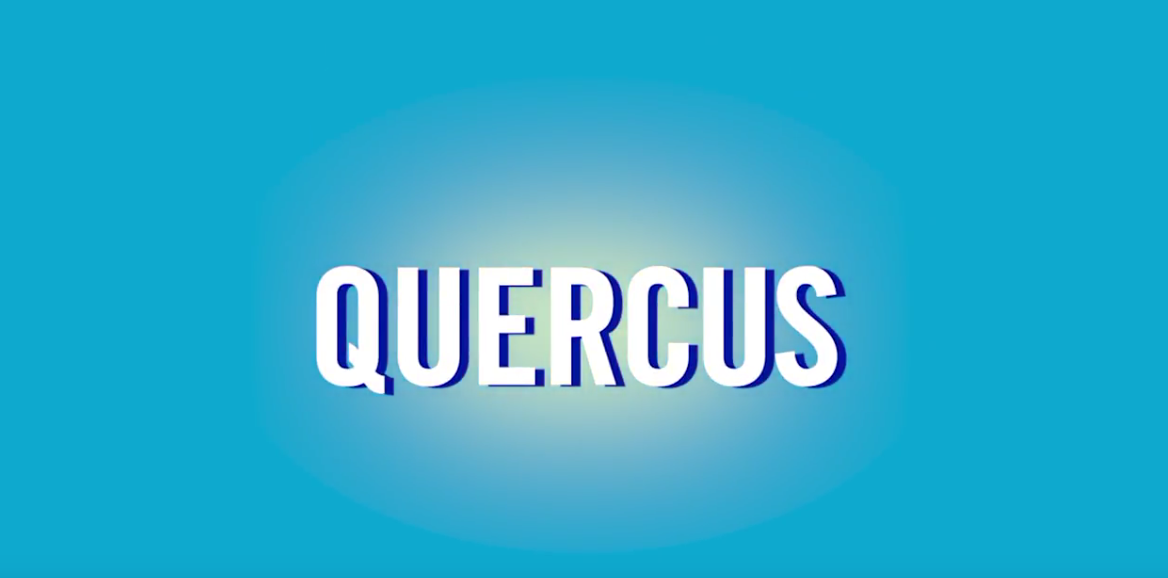A View on Quercus from First Year

This fall, University of Toronto faculty and students switched to using a new learning toolbox called Quercus. As a first-year student, I don’t have much to compare the new system to, but so far, I’ve found that the system is simple to navigate. It looks very modern and clean with the different sections neatly organized and all the tools you could possibly need for a course.
I use the Dashboard and Courses sections more frequently than the others. The Dashboard section shows the most recent notifications and updates from teachers, so it’s often the first thing I check when I wake up. Sometimes, I’ll find assignment modifications, upcoming events pertaining to the course material, or PowerPoint slides for the day’s lecture. Some may also find the check box feature quite helpful, which allows students to tick off the box once they’ve read the update.
I also look at the Courses section often for more detailed information. This looks different for everyone depending on the courses they’re taking, but the sections within each course are generally similar across the board. At the start of the year, I constantly checked the Home page to read general information on the course as well as the page for the syllabus. Now, I use it primarily to check the Announcements and Modules pages. Usually my professors upload their slides for the day under Modules, so I go there to download those slides and prepare for the lecture. It is also a great place to find past slides and notes all in one section before exam season. The Announcements page, again, is another place to check for updates much like the Dashboard section.
Many of my classes also have a Discussions page, which is a great way to communicate with fellow students and sometimes teaching assistants. It allows students to ask any questions about course material or ask for clarifications on assignment instructions if they’re unlikely to receive a response from the professor in time. As a result, Quercus serves a helpful medium between the student and others who may be able to help.
Of course, going on Quercus isn’t always the best or most enjoyable experience. It’s often also the place where we check our marks, turning it into a somewhat stressful and scary site at times. Nonetheless, it provides an abundance of resources and a way to communicate with professors, teaching assistants, and classmates. While it manages to provide many resources, it is not at all overcrowded. The web design is clean and relatively easy to navigate no matter what you might be searching for. It’s a fantastic toolbox for University of Toronto students to use in their courses and to find any necessary information.
If you have any questions about how to use Quercus, there’s a resource site for students.
Elizabeth Chan